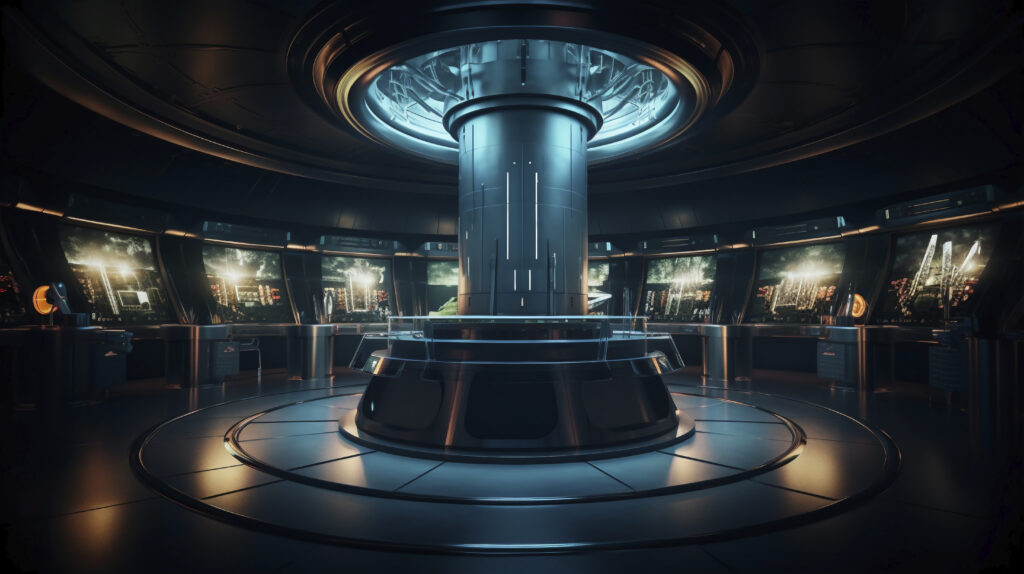A million-year-old skull dug up in China’s Hubei Province is stirring up big questions about how humans evolved. Found back in 1990, this fossil, known as Yunxian 2, was so squashed and warped that experts struggled to understand its true importance. Now, thanks to high-tech scans and digital wizardry, scientists have pieced together its original shape. Their findings, shared in a study on September 25, 2025, suggest this skull might belong to an early branch of a family tree tied to both modern humans and the mysterious Denisovans. This discovery could flip what we thought we knew about our ancient past, pushing key timelines back by hundreds of thousands of years.
The Yunxian 2 skull, believed to be from a man aged 30 to 40, is no ordinary relic. It dates between 940,000 and 1.1 million years old, making it a heavyweight in the story of human evolution. Researchers, led by paleoanthropologist Xijun Ni from Fudan University and the Chinese Academy of Sciences, used cutting-edge tools to rebuild the skull digitally. They compared it to over 100 other human fossils to unlock its secrets. Published in the journal Science, their work challenges old ideas about our ancestors and hints at a much older split in the human family.
What Makes This Skull Special?
This isn’t just another old bone. The Yunxian 2 skull stands out for its unique features and what they mean for our understanding of early humans, or hominins. Here’s the breakdown:
- Not Homo Erectus: For years, experts thought this skull belonged to Homo erectus, a species with human-like bodies but smaller brains. The new study says no way—it’s got traits that set it apart, like a bigger brain for its time.
- Denisovan Connection: The skull seems linked to a lineage that includes Homo longi (from a fossil found in Harbin, China) and the Denisovans, a group that roamed Asia and mingled with early Homo sapiens. Think of it as a distant cousin to modern humans.
- Standout Features: It’s got a long, low shape, a sloping forehead, a beefy browridge, and flat cheekbones. Its brain size? The largest of any hominin from that era. Plus, it has a big nose and a wide mouth roof, tying it to other Asian fossils.
- Timeline Shake-Up: The findings push back the split between human lineages to over a million years ago—way earlier than most experts thought.
The skull was a mess when found, crushed by centuries of earth’s pressure. But modern tech, like digital reconstruction, let researchers restore its shape and spot clues that place it in a key evolutionary spot. This isn’t just about one skull—it’s about rewriting the story of how we became us.
A New Map of Human Evolution
Human evolution is like a giant family tree with lots of branches. The Yunxian 2 skull suggests those branches split earlier than we thought. Scientists now propose five major groups, or clades, of big-brained humans that started going their own ways over a million years ago:
- Homo sapiens: That’s us, with fossils dating back about 300,000 years in Africa.
- Homo longi/Denisovans: This Asian crew, including Yunxian 2, thrived across diverse lands for over a million years.
- Neanderthals: Our stocky cousins in Europe, who mixed with Homo sapiens before vanishing.
- Homo heidelbergensis: Known from a German jawbone, another key player.
- Homo erectus: The early wanderers, now ruled out for Yunxian 2.
These groups didn’t just coexist—they interacted. Denisovans and Neanderthals swapped genes with early Homo sapiens, leaving traces in the DNA of many Asians and others today. But why did Denisovans and Neanderthals disappear? That’s still a mystery.
Solving the “Muddle in the Middle”
The period between 300,000 and one million years ago is a foggy spot in human history. Fossils from this time are a jumbled puzzle, often called the “Muddle in the Middle.” Yunxian 2 might be the key to clearing things up. Chris Stringer, a study co-author from London’s Natural History Museum, says this skull could show how our genus, Homo, took shape around a million years ago. If it’s tied to both Homo sapiens and Denisovan roots, it’s a game-changer for understanding how our ancestors spread and changed.
The Denisovans, first spotted in Siberia’s Denisova Cave in 2010, are a big deal. Their fossils popped up across Asia, from Russia to Tibet. They lived in small, scattered groups, adapting to all sorts of environments. That led to a lot of variety in how they looked, which Yunxian 2 reflects with its mix of features. Ni, the lead researcher, says this group was “quite successful” in Asia, hanging on for over a million years. That’s no small feat for early humans facing harsh climates and predators.
Why This Matters Today
This discovery isn’t just for museum nerds—it’s got big implications:
- Rewriting History: If our lineage split off over a million years ago, it changes when and how Homo sapiens emerged. Were we brewing in Africa way earlier than thought?
- Tech Meets Fossils: Advanced scanning and digital tools are unlocking secrets from bones too damaged for old-school study. Expect more finds to get this high-tech treatment.
- Global Connections: The Denisovan link shows how ancient humans mixed across continents. Their DNA in modern people proves our roots are tangled and global.
- New Questions: Why did some lineages vanish? Did climate, competition, or something else wipe out Denisovans and Neanderthals?
The Yunxian 2 skull is like a time machine, offering a peek into a world where early humans roamed, fought, and loved across Asia. It challenges old timelines and sparks fresh debates. Did our ancestors diverge earlier? Were Denisovans more central to our story? As researchers dig deeper, more fossils might surface to confirm or flip these ideas.
For now, this Hubei find is a bold reminder: Our past is full of surprises. From crushed bones to digital breakthroughs, science is rewriting humanity’s epic tale. The next skull could be the one that cracks the code—or muddles it even more. Stay tuned for what’s next in this million-year mystery.





















